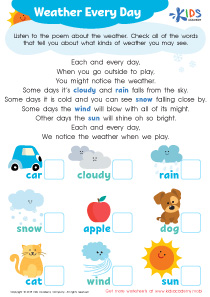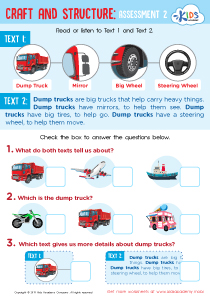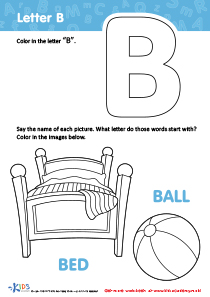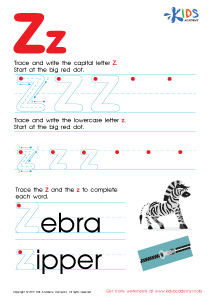Foundational Reading Lessons | Segmenting Words into Sounds, Grade 2
0 results
Looking for a comprehensive way to teach your Grade 2 child how to segment words into sounds? Look no further than our Segmenting Words into Sounds lessons! Our interactive worksheets, educational videos, and assessment quizzes provide an engaging and effective way to help your child develop phonemic awareness skills. With a focus on breaking down words into their individual sounds, our lessons help your child build fundamental reading and spelling skills that will serve them throughout their academic journey. Each lesson is carefully crafted to support young learners as they develop their phonological awareness and build confidence in their language abilities. Don't miss out on this essential learning opportunity - enroll your child today!
Segmenting Words into Sounds Lessons: Helping Grade 2 Kids Master Language
The ability to segment words into sounds is an essential skill set that makes it easier for children to identify and spell new words as they embark on their reading journey. The segmenting words into sounds lessons offered in Grade 2 are designed to teach children how to break words into their constituent phonemes and understand how sounds combine to create words. These lessons, which include interactive worksheets, educational videos, and quizzes, can help kids in their studies in various ways.
One of the most significant benefits of the segmenting words into sounds lessons is improving reading comprehension. As children learn to segment words into individual sounds, they develop a deeper understanding of how words work. This understanding enables them to read text with more ease, decode words more effectively, and recognize irregular words more accurately.
Segmenting words into sounds also leads to better spelling skills. When children can break words into their constituent phonemes, it becomes easier for them to remember the correct combination of sounds that make up a word. This helps them understand the spelling patterns in words and recognize when a word does not follow a common pattern. With consistent practice, the segmenting words into sounds lessons can help kids become more confident, efficient spellers.
Apart from improving reading and spelling skills, segmenting words into sounds lessons also help to enhance vocabulary and writing skills. As children become more familiar with the sound structures of words, they can identify syllables, prefixes, and suffixes more efficiently and use this knowledge to figure out the meaning of new words. This improves their vocabulary comprehension and helps them become better writers. Segmenting words into sounds also helps encourage creativity, as children can more freely experiment with sound patterns to create new words, rhymes, and even poems.
Finally, segmenting words into sounds lessons are beneficial in promoting cognitive development and problem-solving skills. By segmenting words, children learn to think logically and systematically, and develop their abilities to concentrate and remember information. These problem-solving skills come in handy in solving other academic challenges, such as math and science problems, and can help to foster independent learning.
In conclusion, segmenting words into sounds lessons are a crucial aspect of Grade 2 studies. They provide a solid foundation for reading, writing, spelling, vocabulary, and problem-solving skills, and help children develop their overall cognitive abilities.















